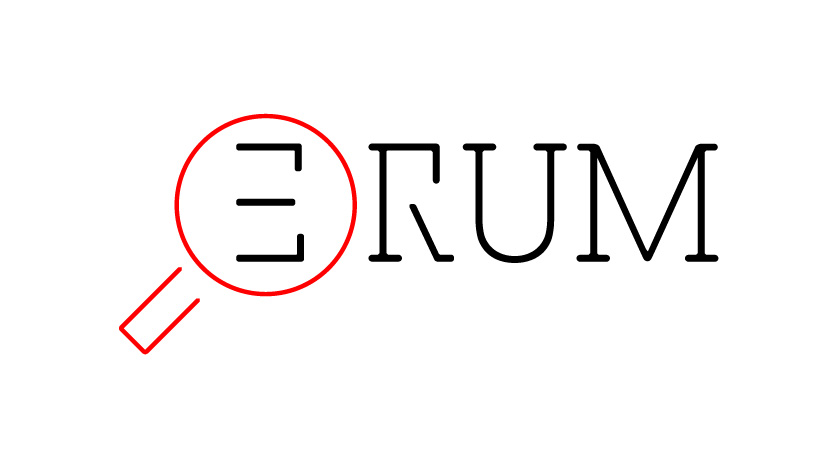The rise of many mis- and disinformation (more commonly known as “fake news”) campaigns, especially on social media, have put journalism under threat in the past few years and months, especially in the framework of the Covid-19 outbreak. This dissemination of false beliefs or information is not new, but it has taken on a new dimension with the rise of internet and social media. False information and beliefs are indeed now acquiring a hitherto unknown power, because the technology of the internet and social media makes it possible to assemble arguments that support these beliefs and to make them more credible. Indeed, each user of social media can produce content and potentially become a producer of information, and some perceive social media as new tools to give more space to citizens’ opinions. However, in the absence of verification of what is being said, everyone can get the message they want to hear and the credibility of journalists and the quality of their work is often called into question.
The concepts of dis- and misinformation are thus very topical and significant today. In this context, the UNESCO published in 2018 a comprehensive handbook entitled “Journalism, Fake News & Disinformation – A Handbook for Journalism Education and Training” written by Julie Posetti and Cherilyn Ireton. This publication is particularly interesting in the framework of our project, because it draws on insights and advice from global experts and seeks to equip journalists to better tackle the problem of what the handbook calls “information disorder” and aims at supporting the update of journalism methods and practices in order to deal with the current challenges of misinformation and disinformation. Written by experts who are involved in the fight against the latter, this handbook explores the very nature of journalism through seven different modules (on the fight back against disinformation and misinformation through media, on information literacy or on fact-checking to name a few).
Given its structure, this handbook is particularly useful for journalism educators, media professionals and editors and all those interested in how information is used and shared. It aims at showing how finding ways through contemporary information challenges is of utmost importance for society, including governments, web companies, educators, and NGOs. In this sense, this publication is in line with one of the core objectives of ERUM: proposing new methodologies and learning material to students to equip them with the proper set of transversal skills such as critical thinking to improve their resilience to misleading media content and raise awareness about its impact on our society.
The handbook is available here: https://unesdoc.unesco.org/ark:/48223/pf0000265552
